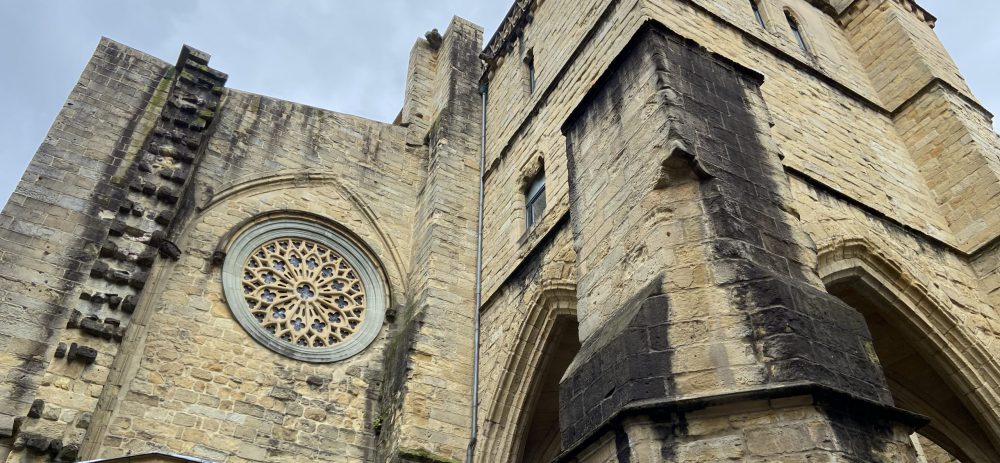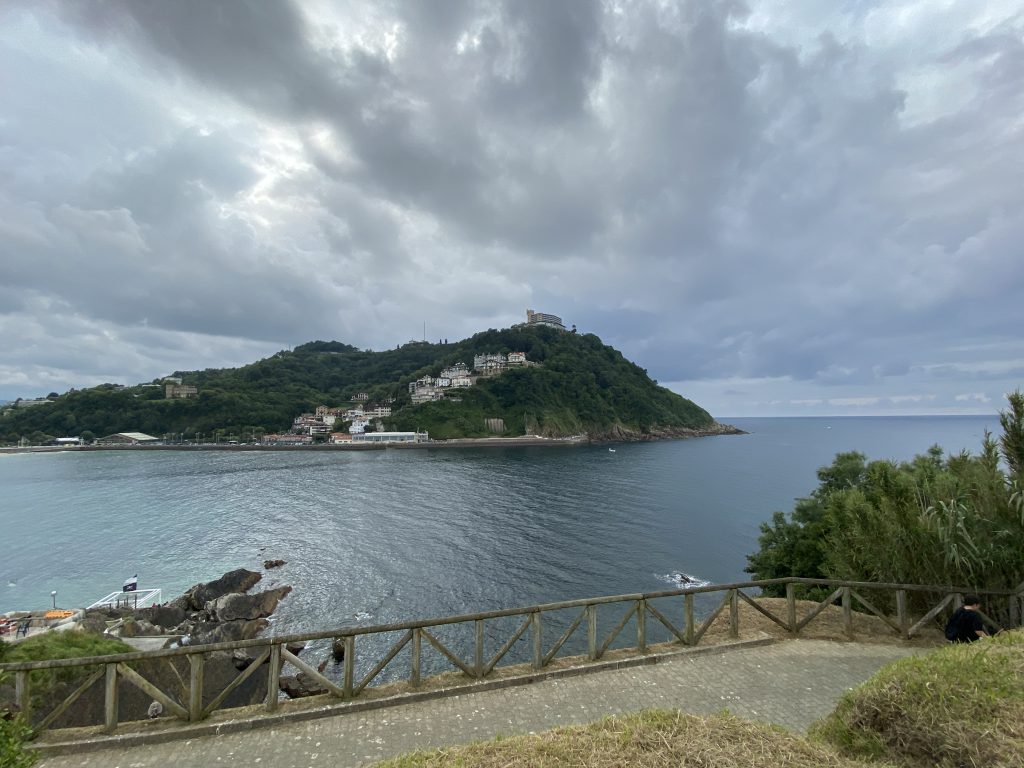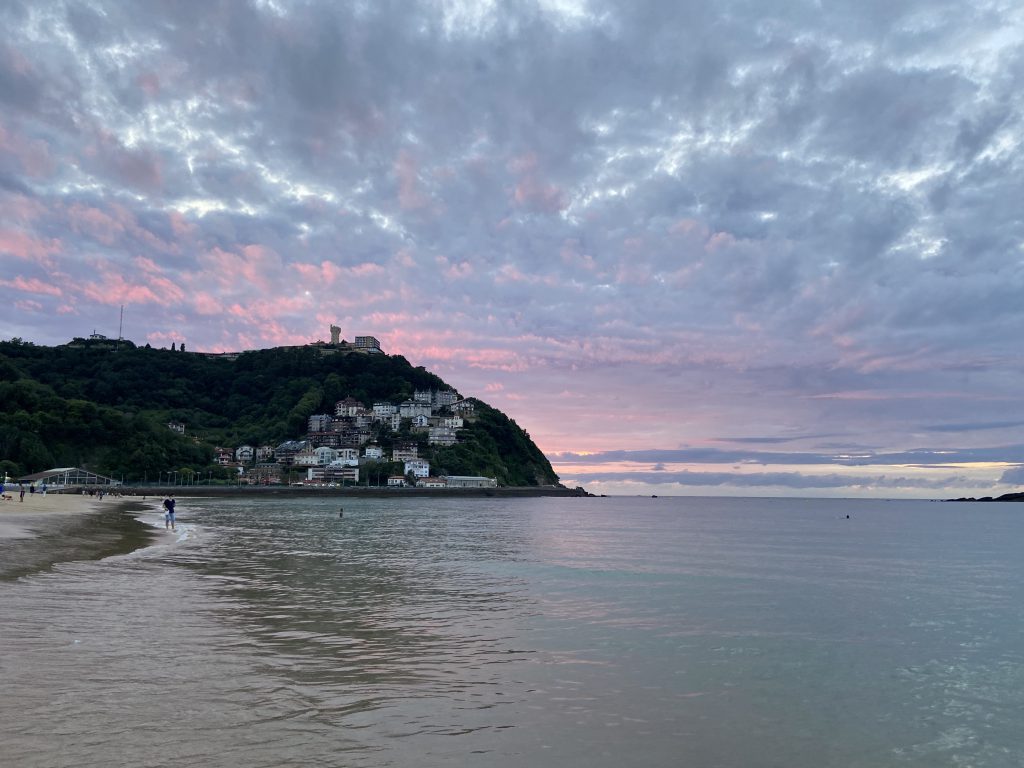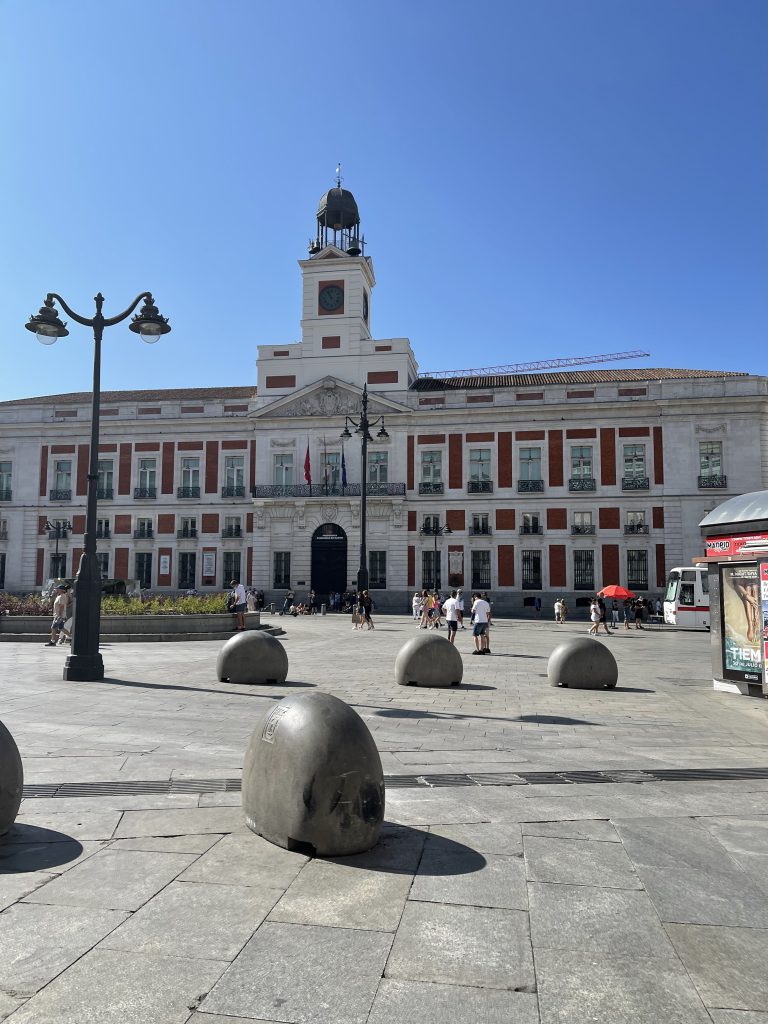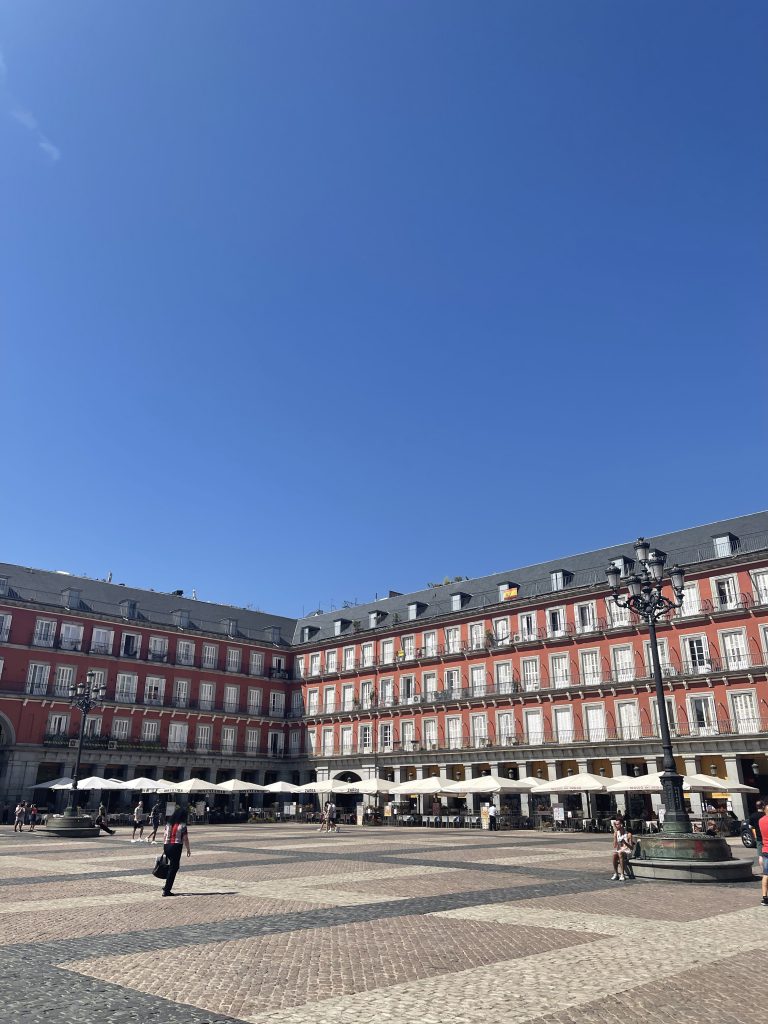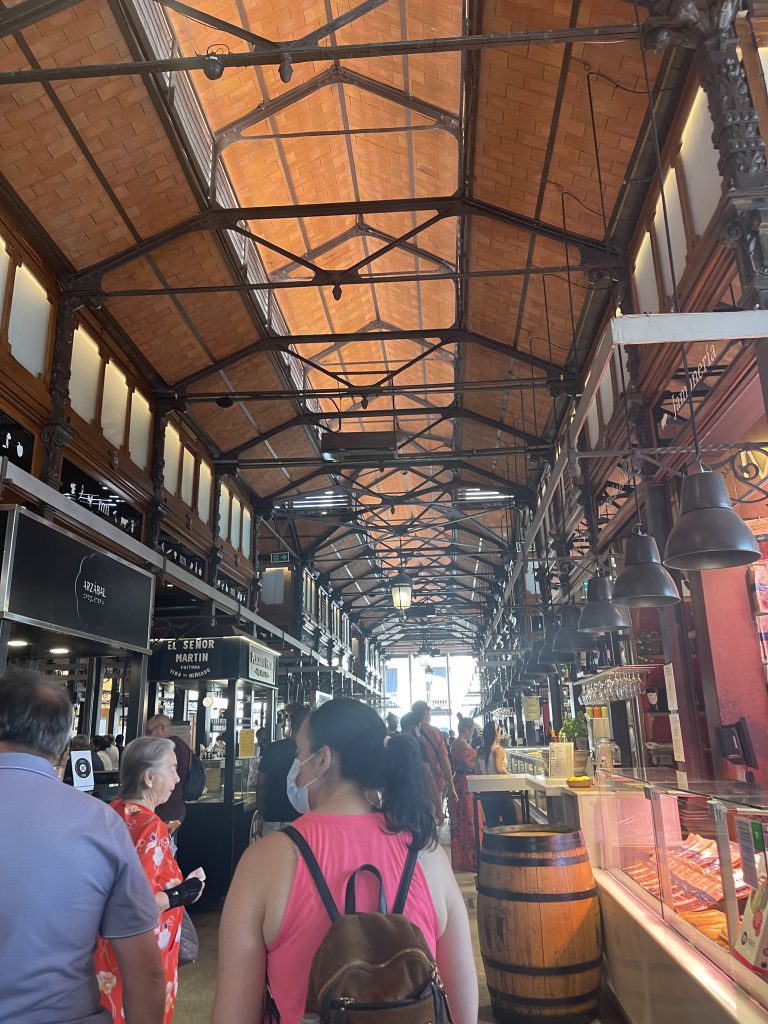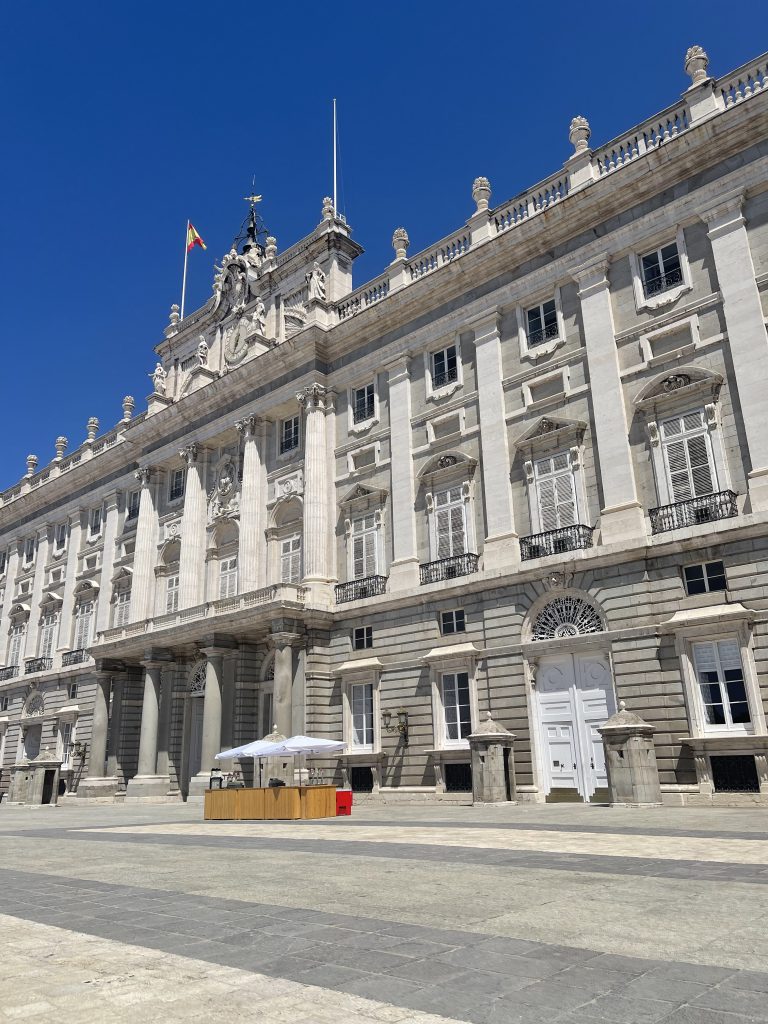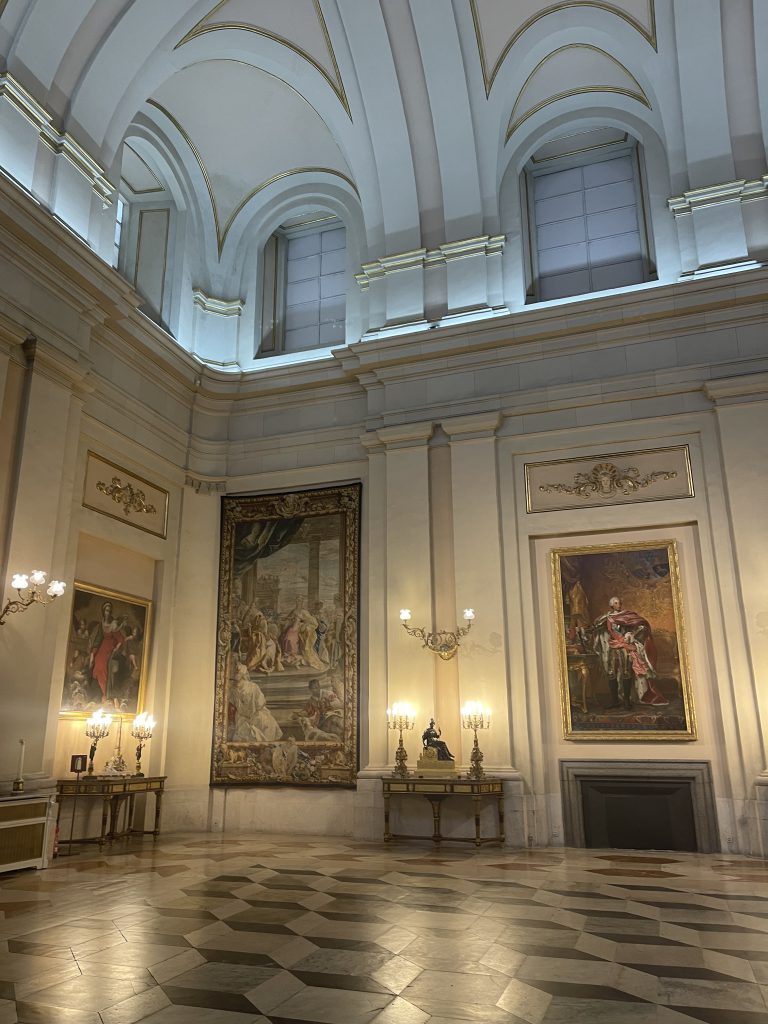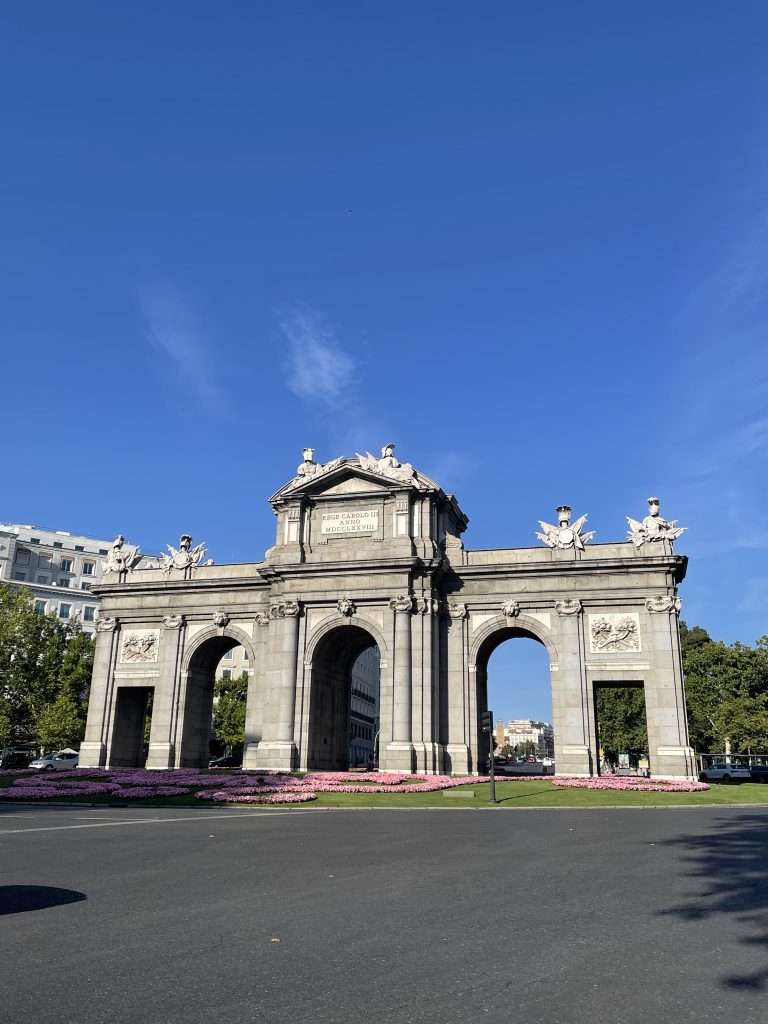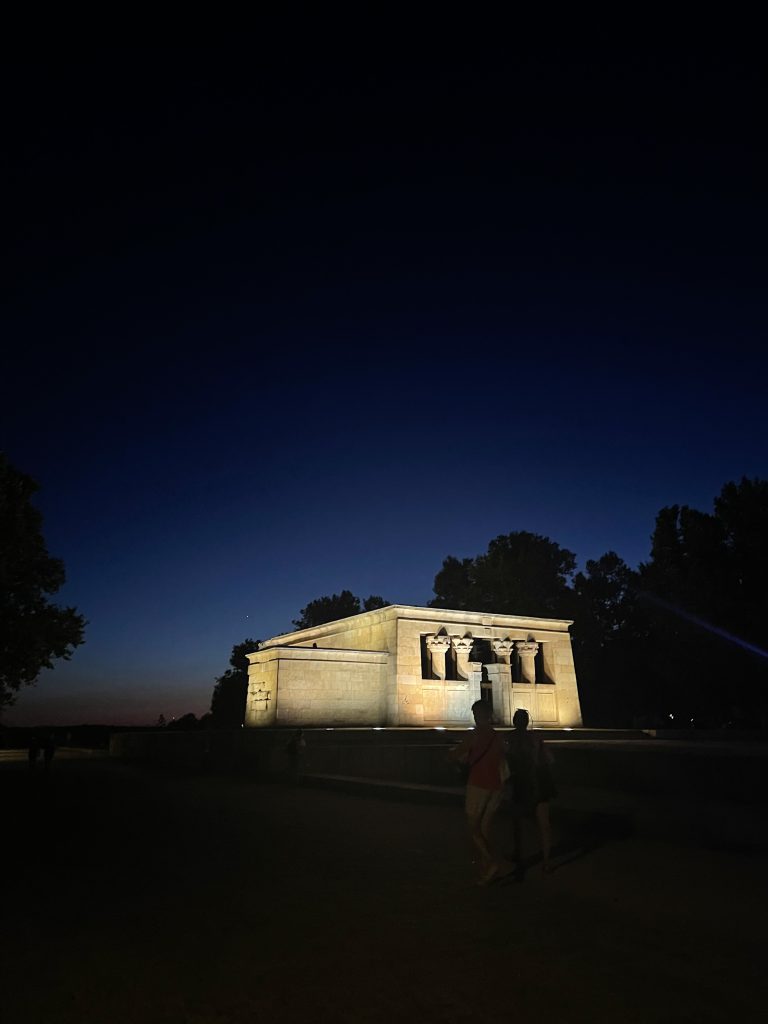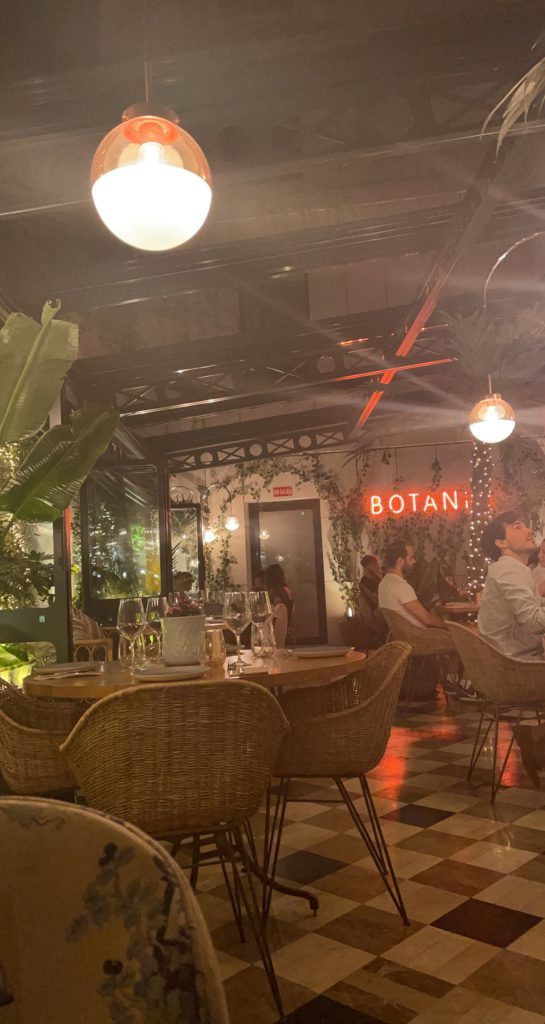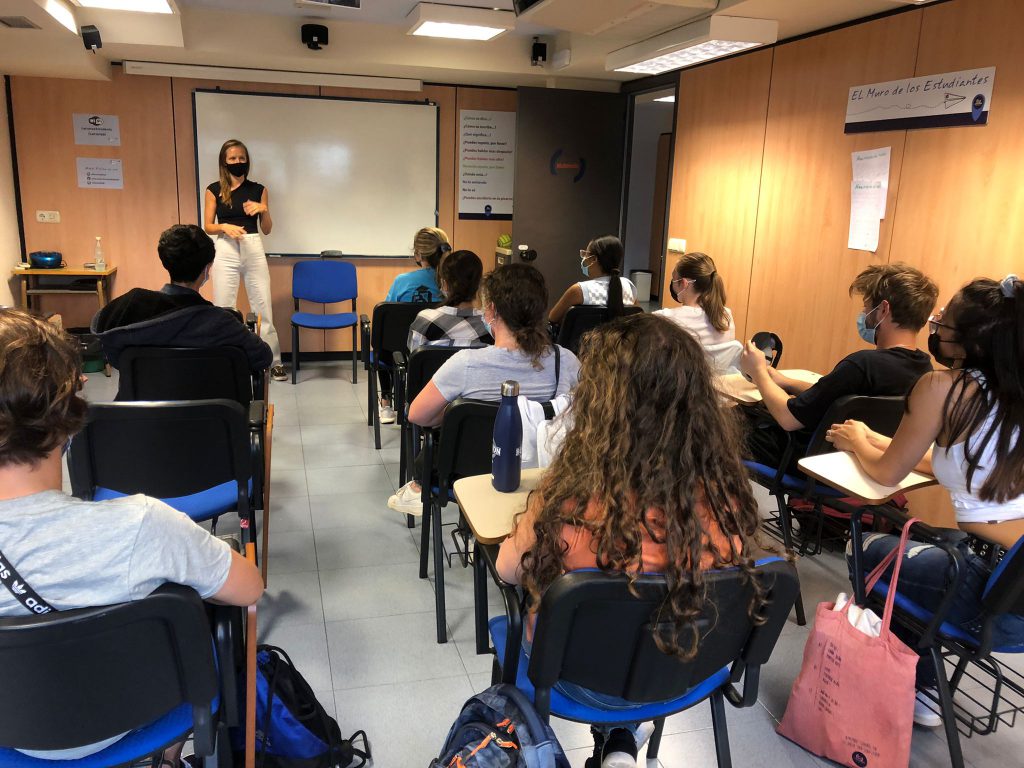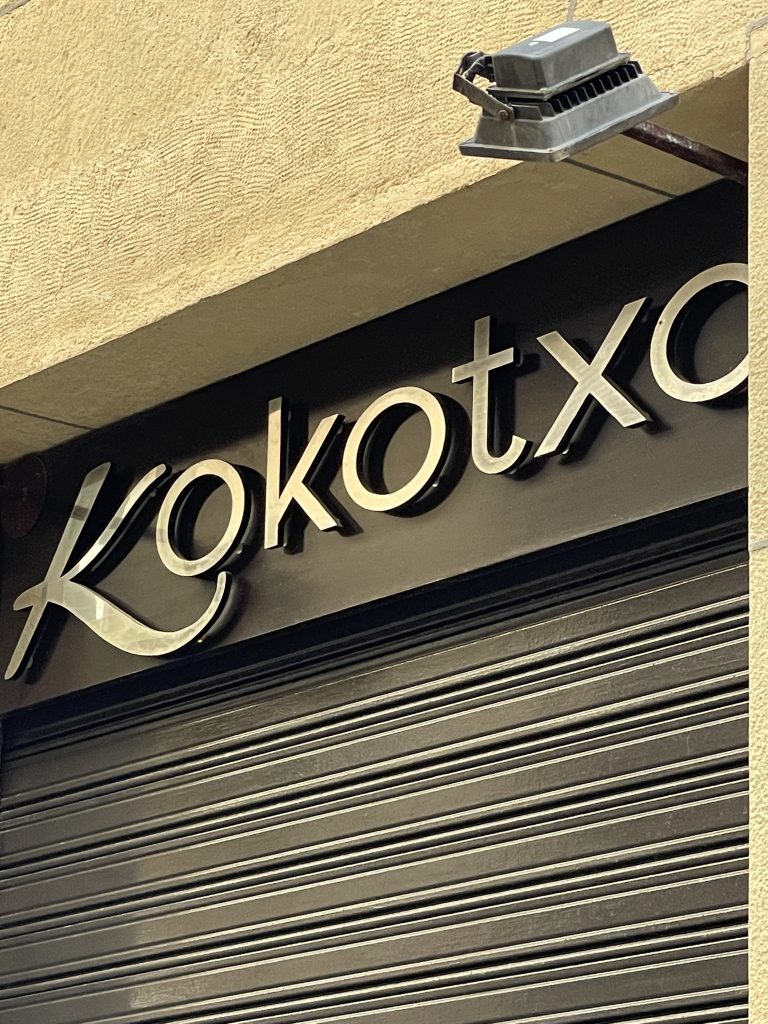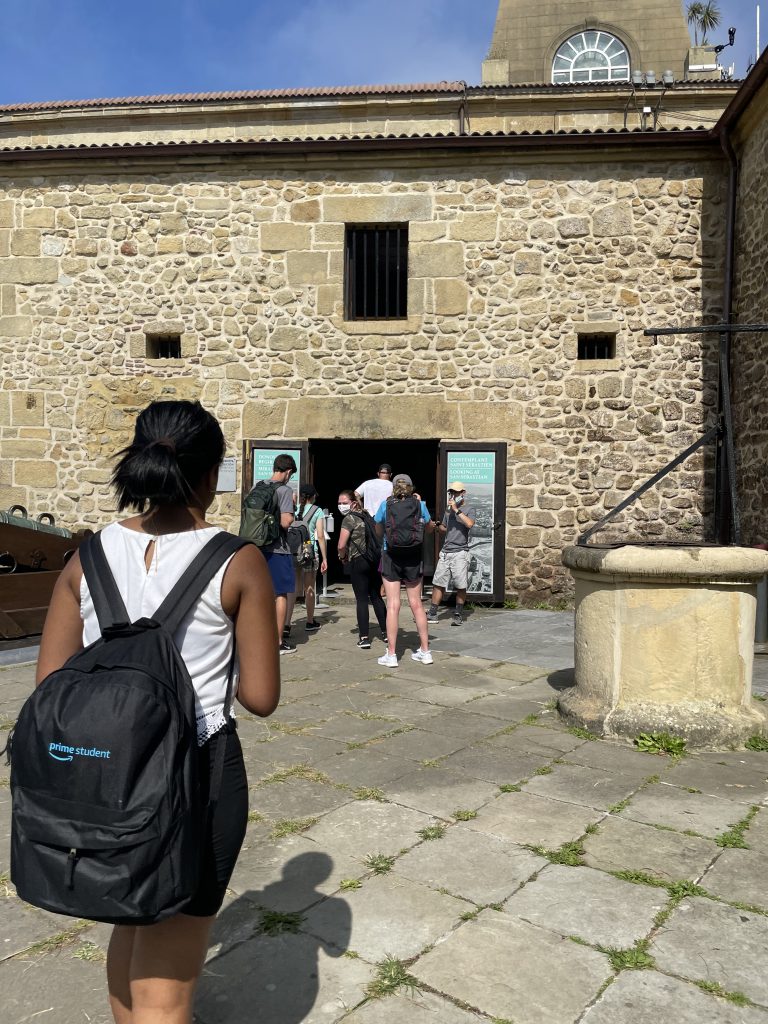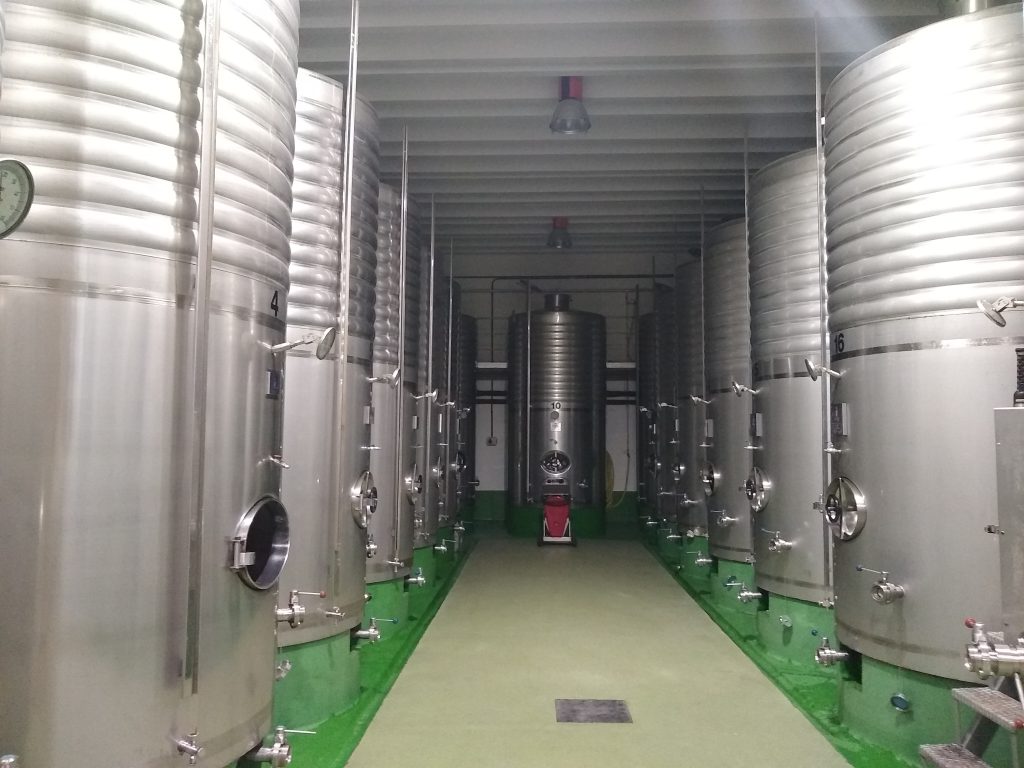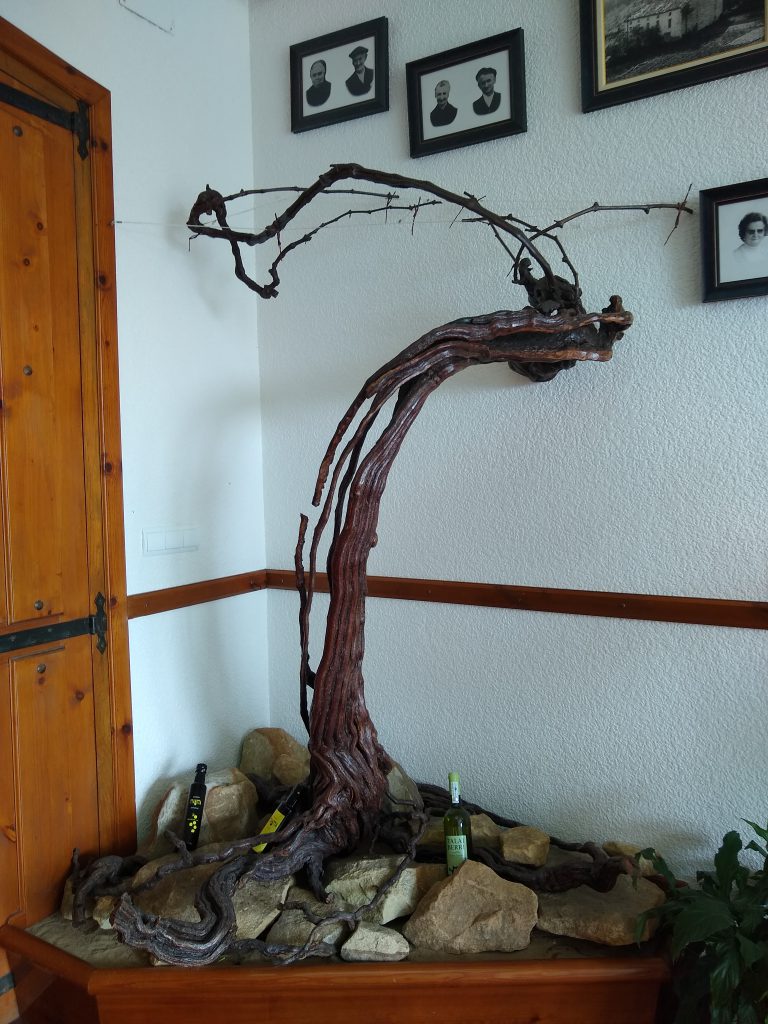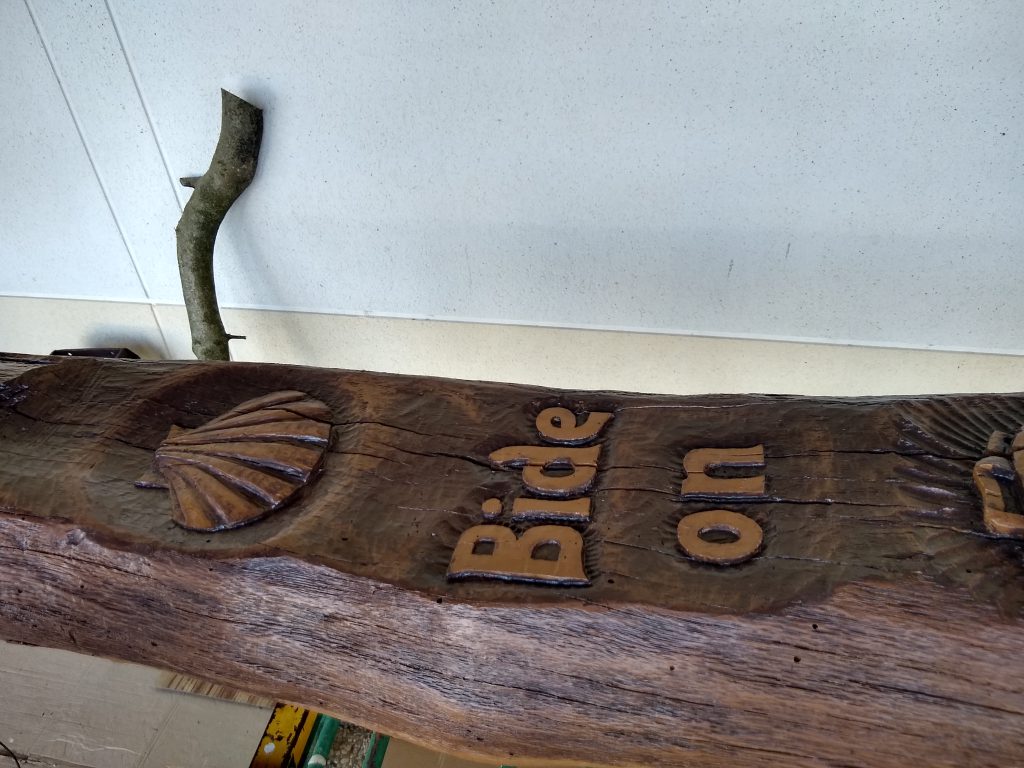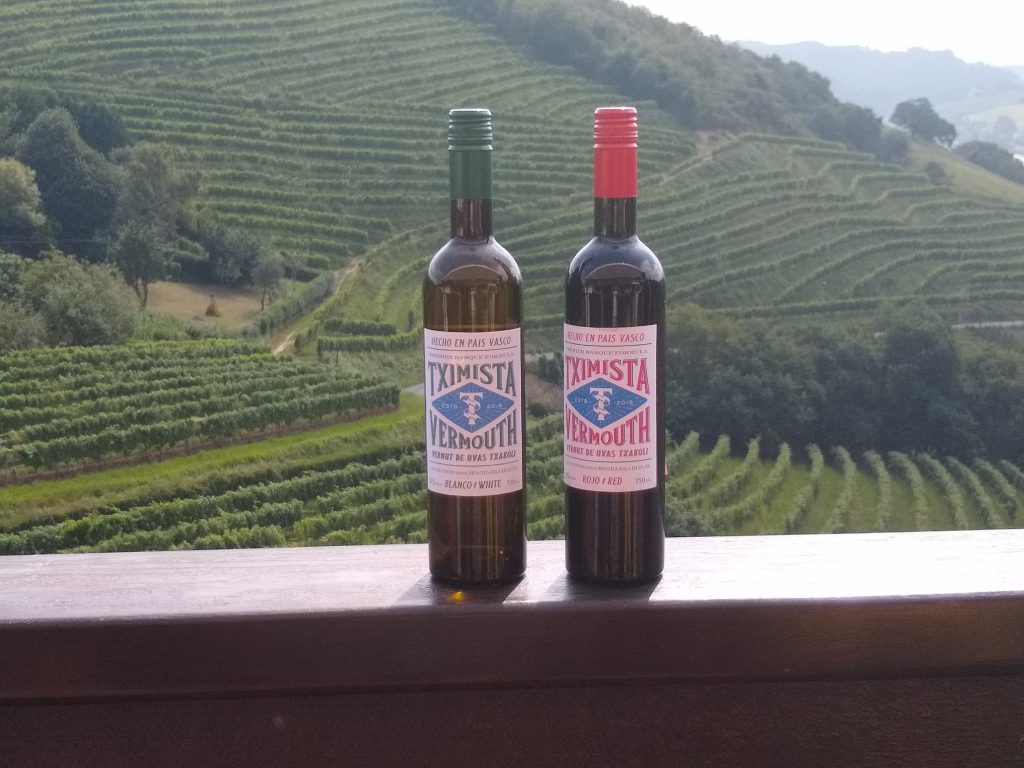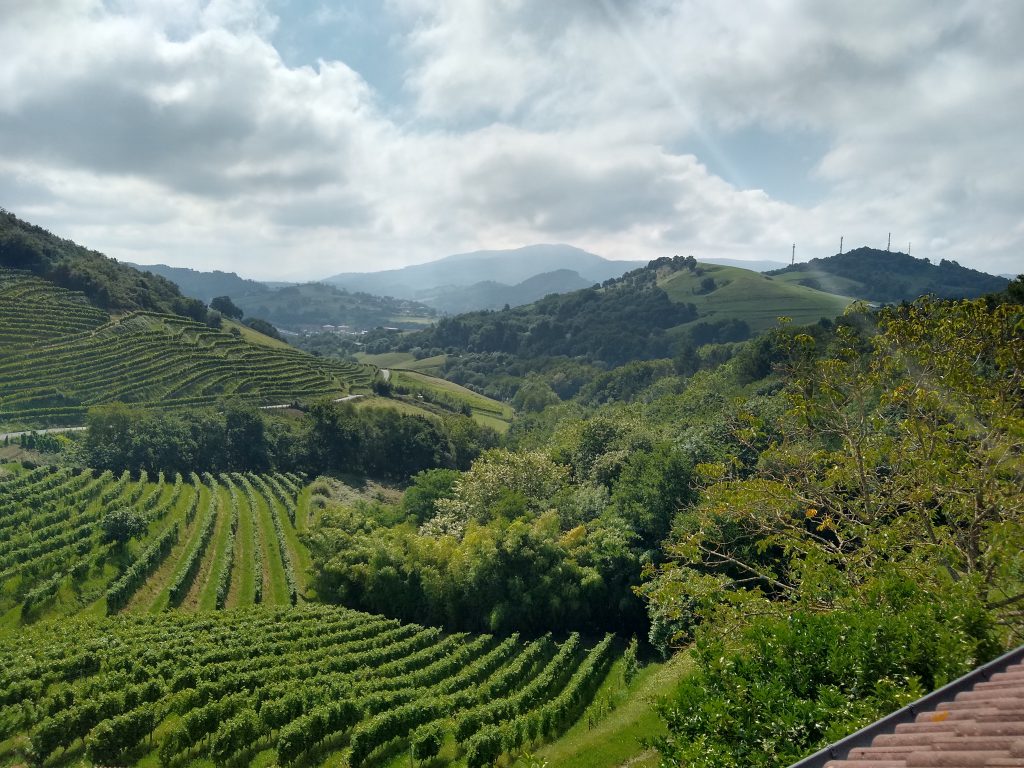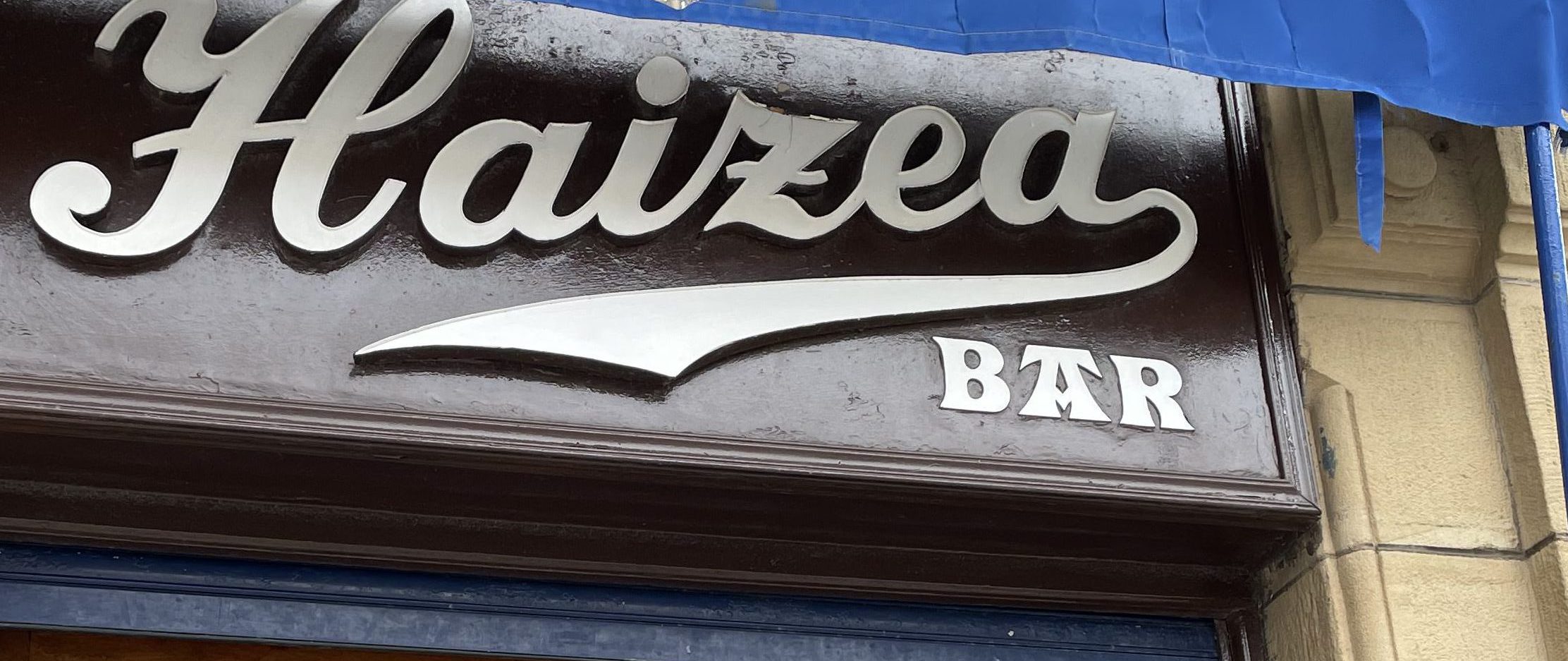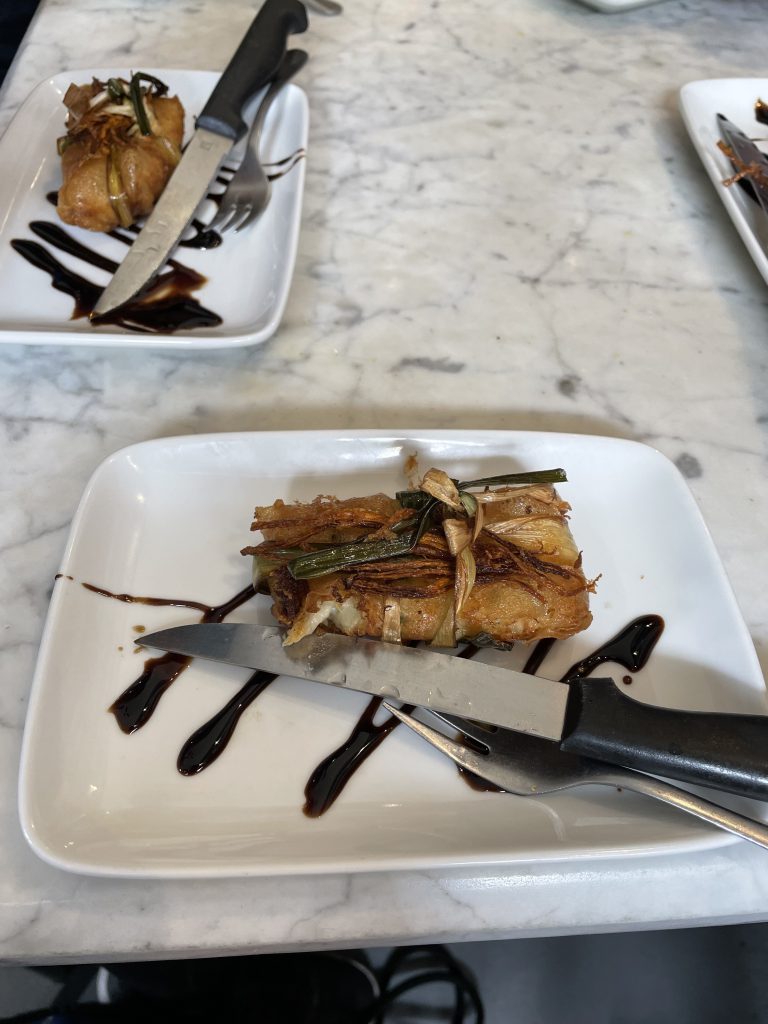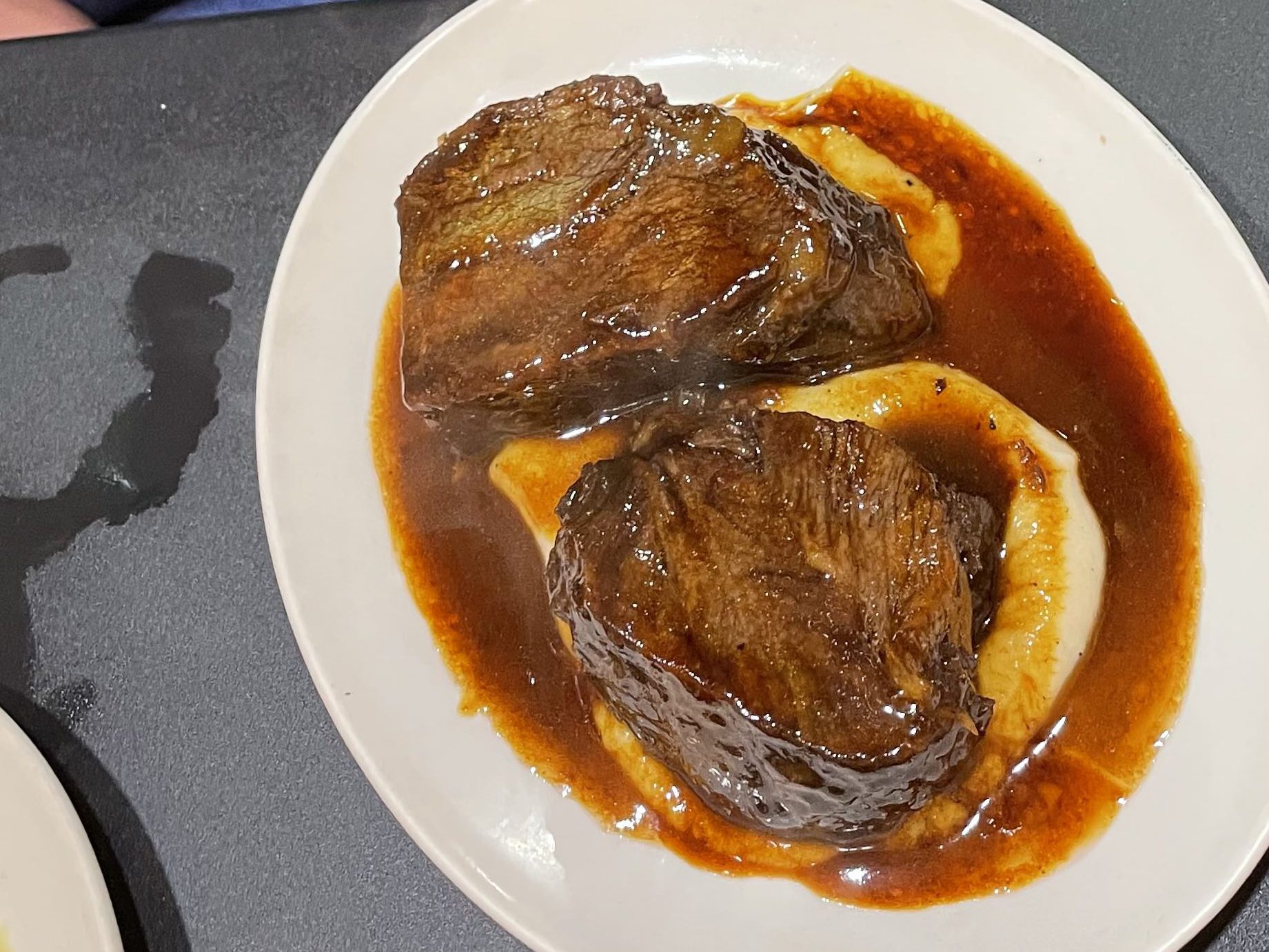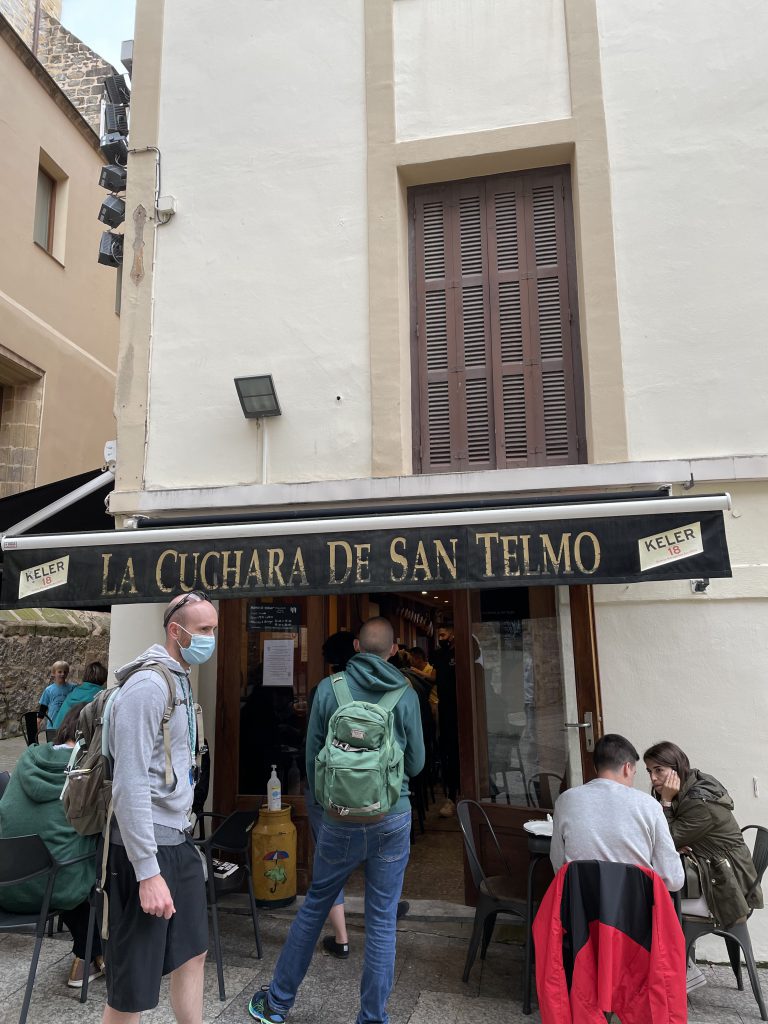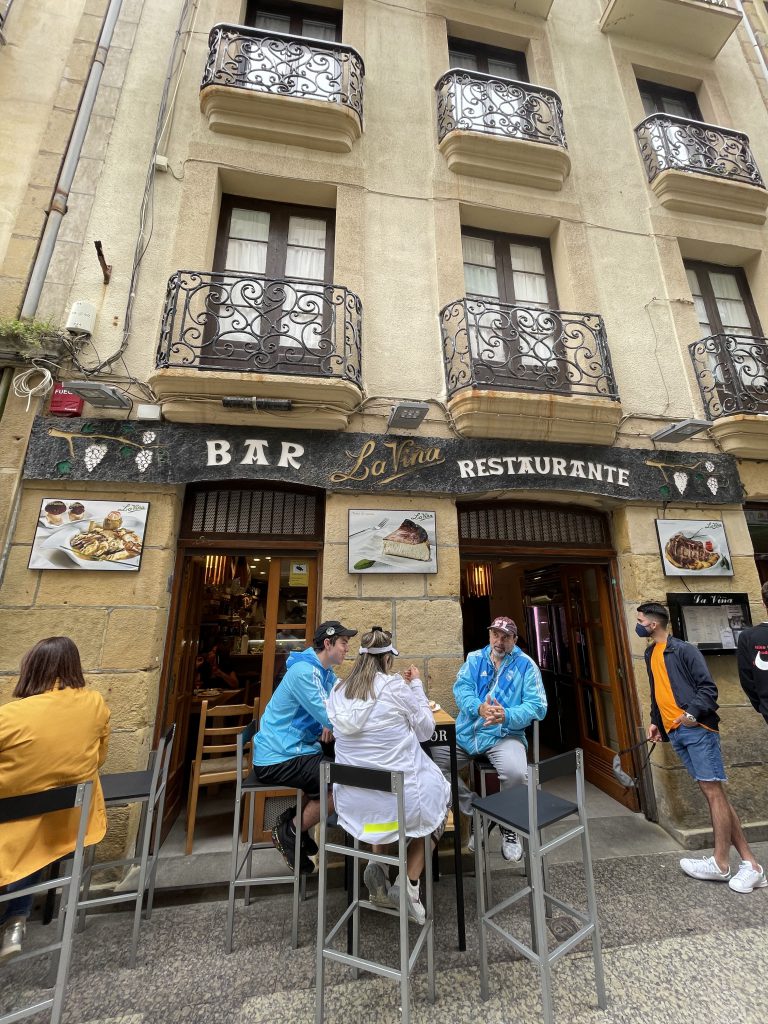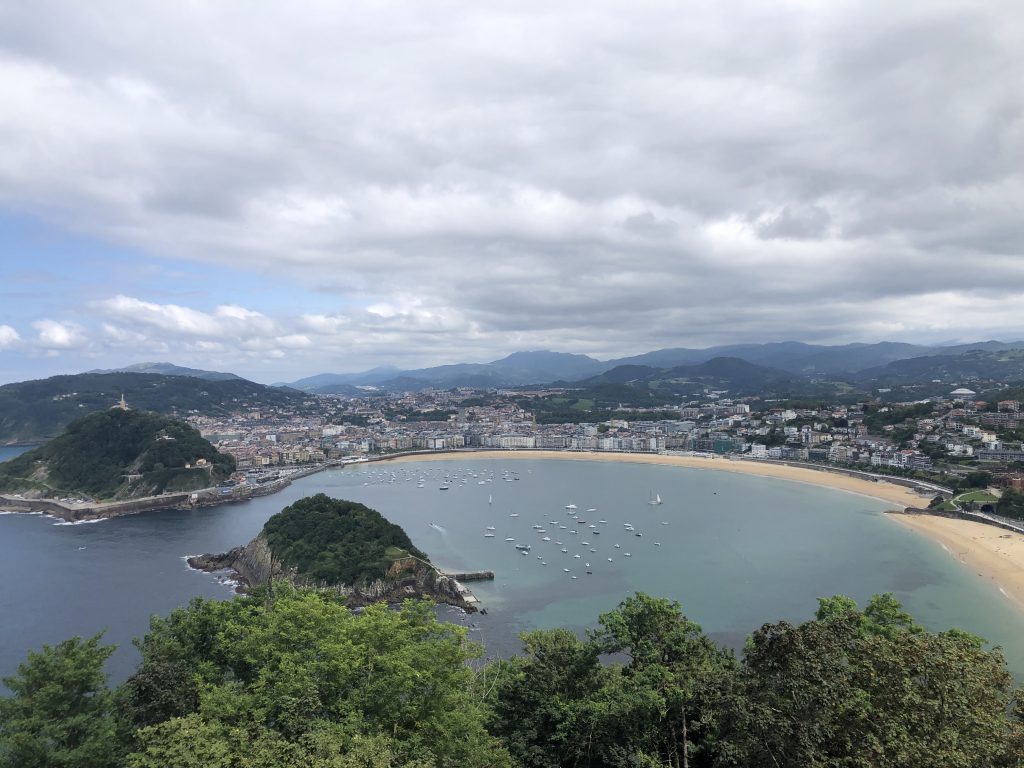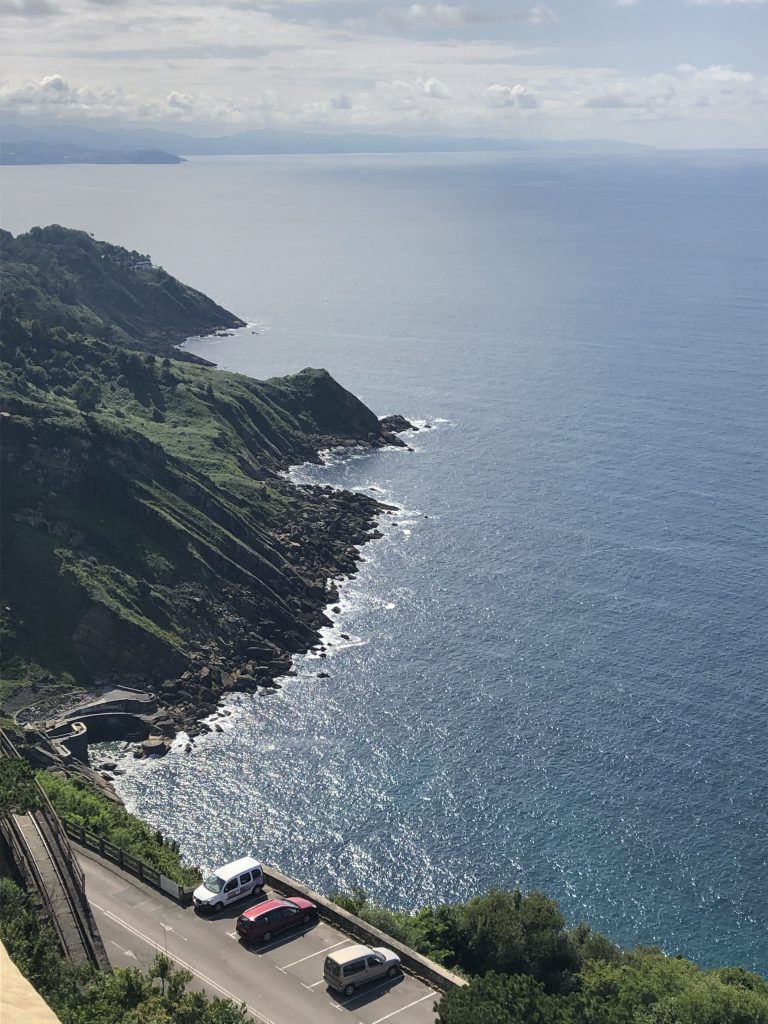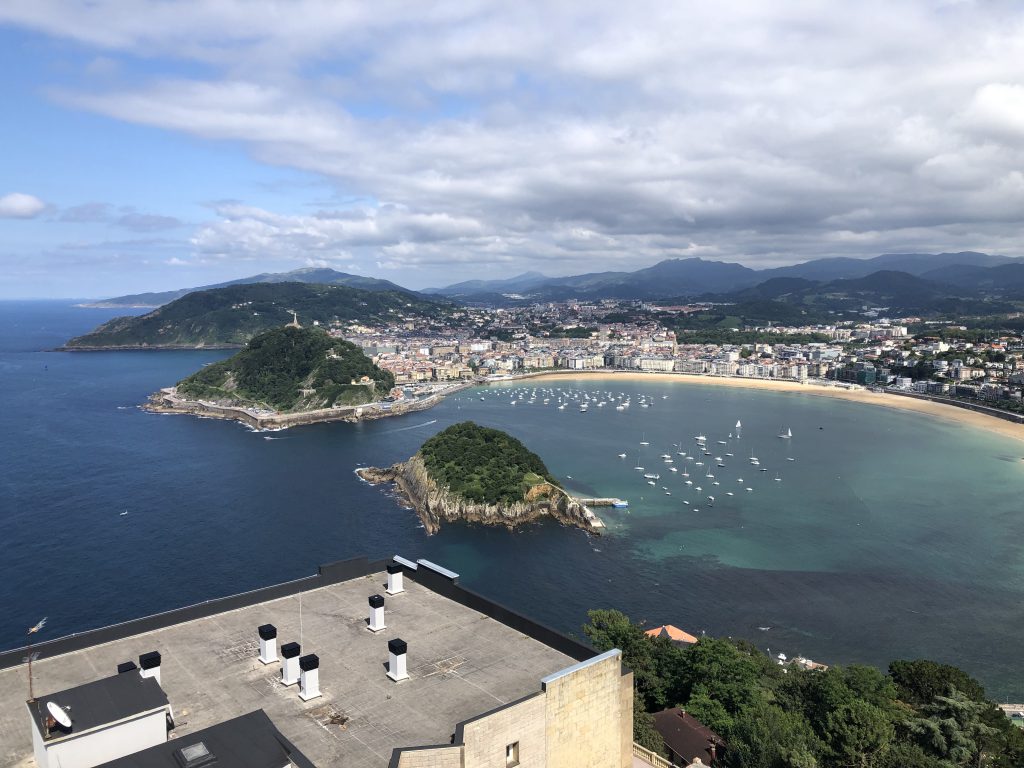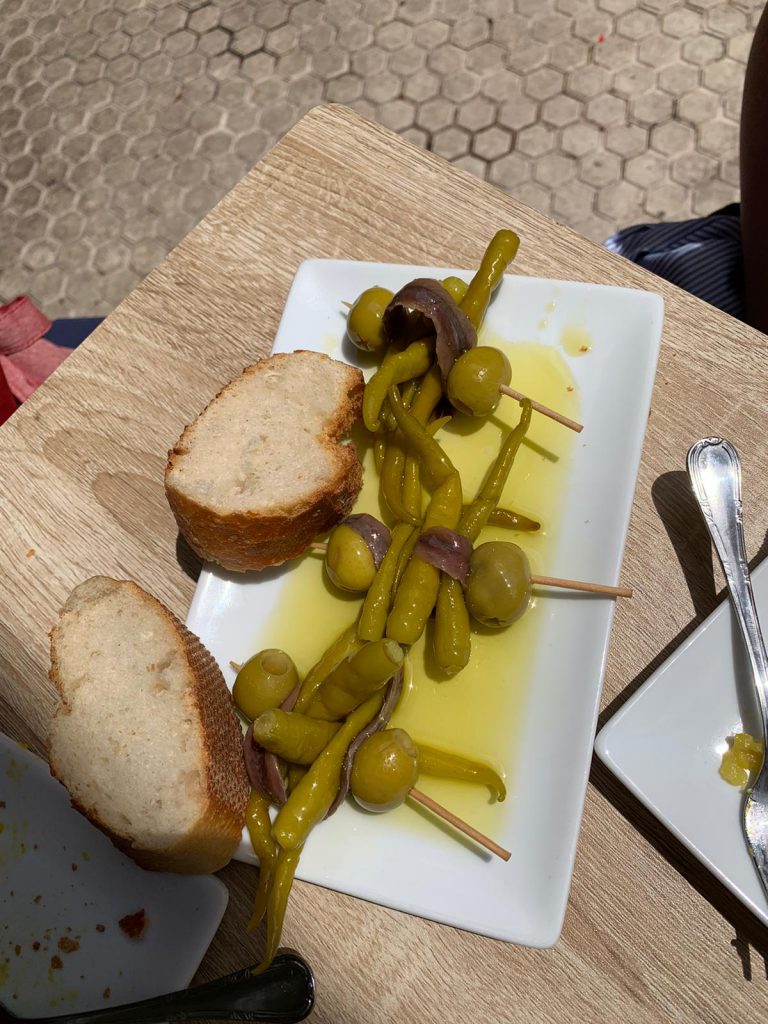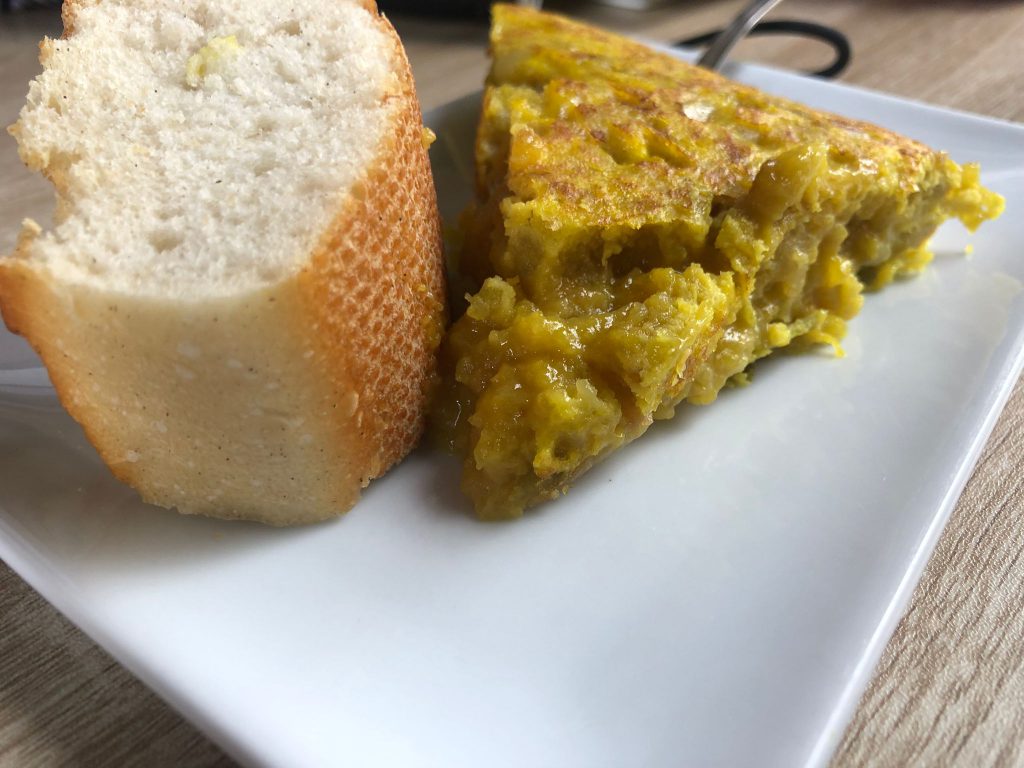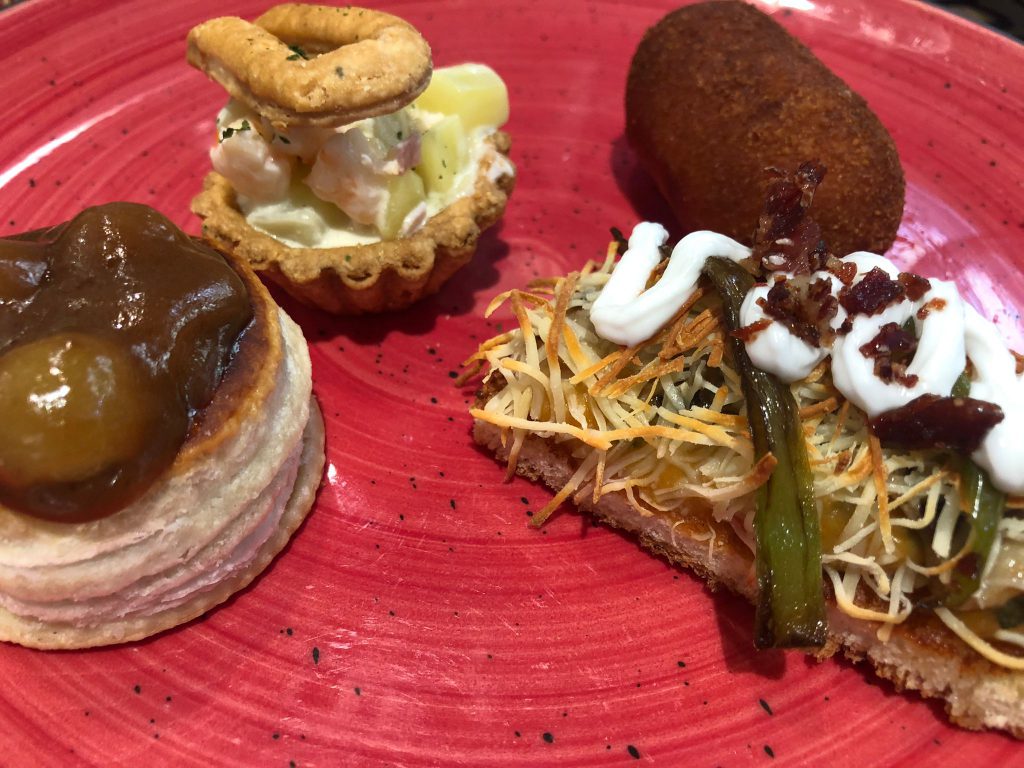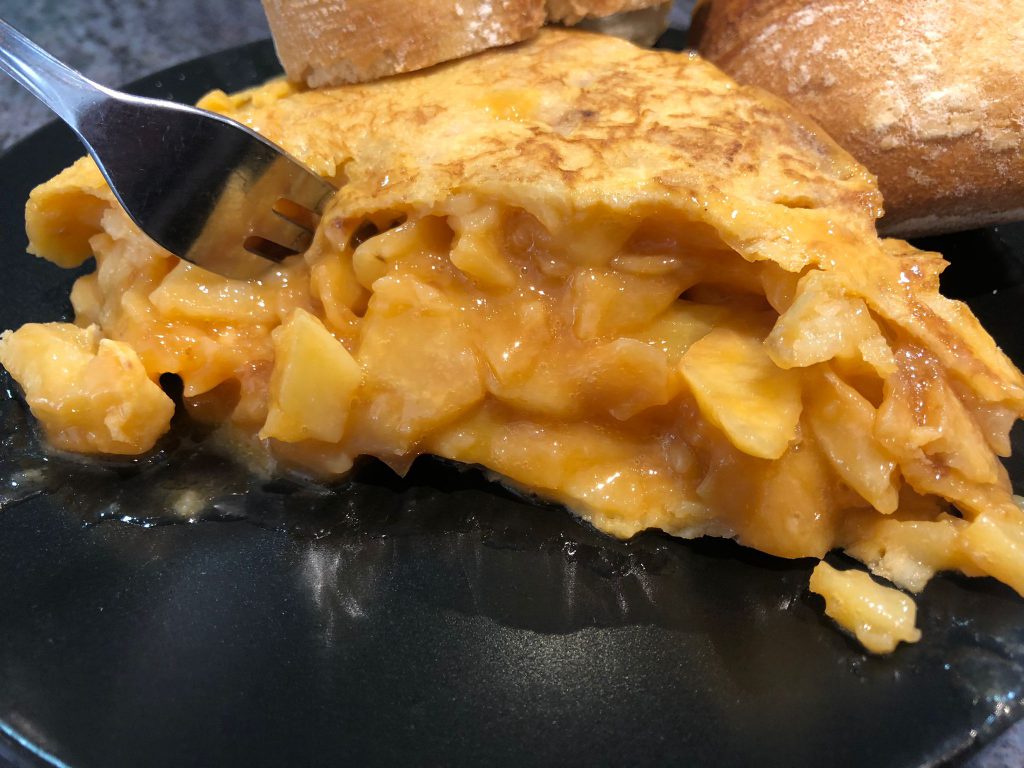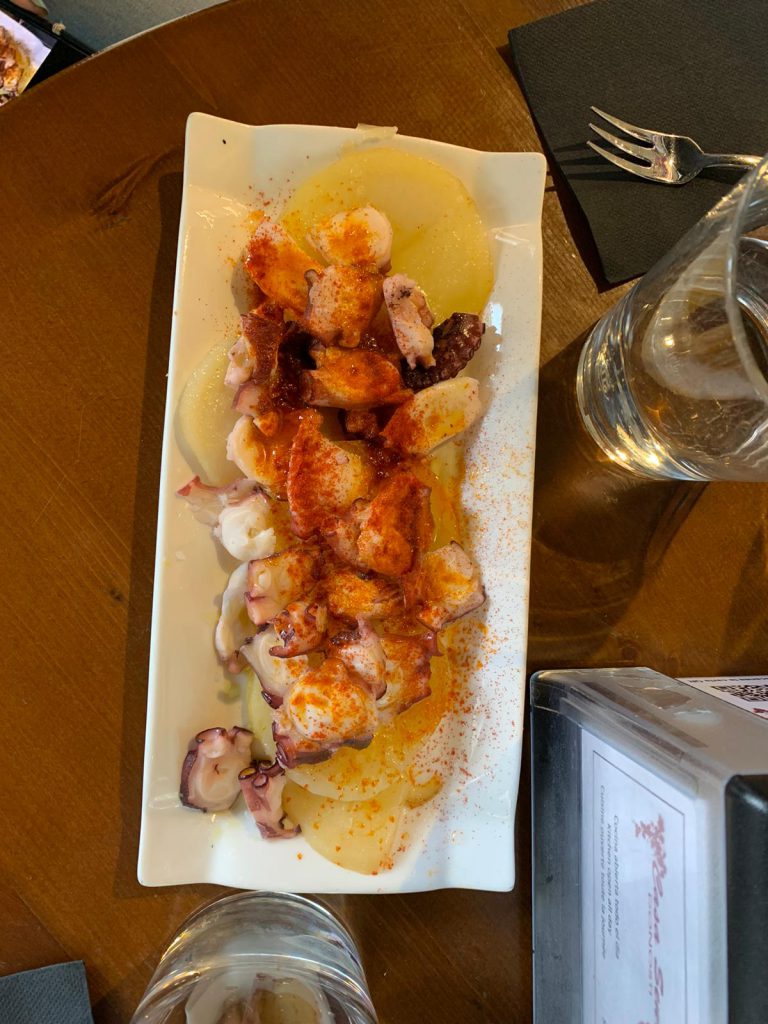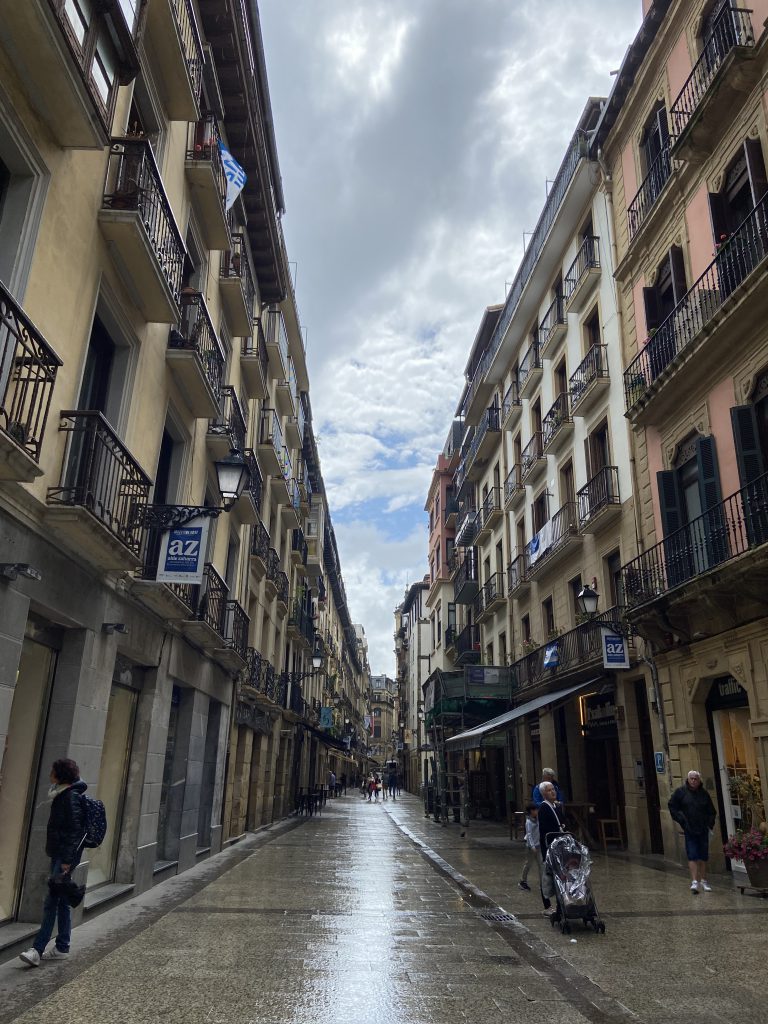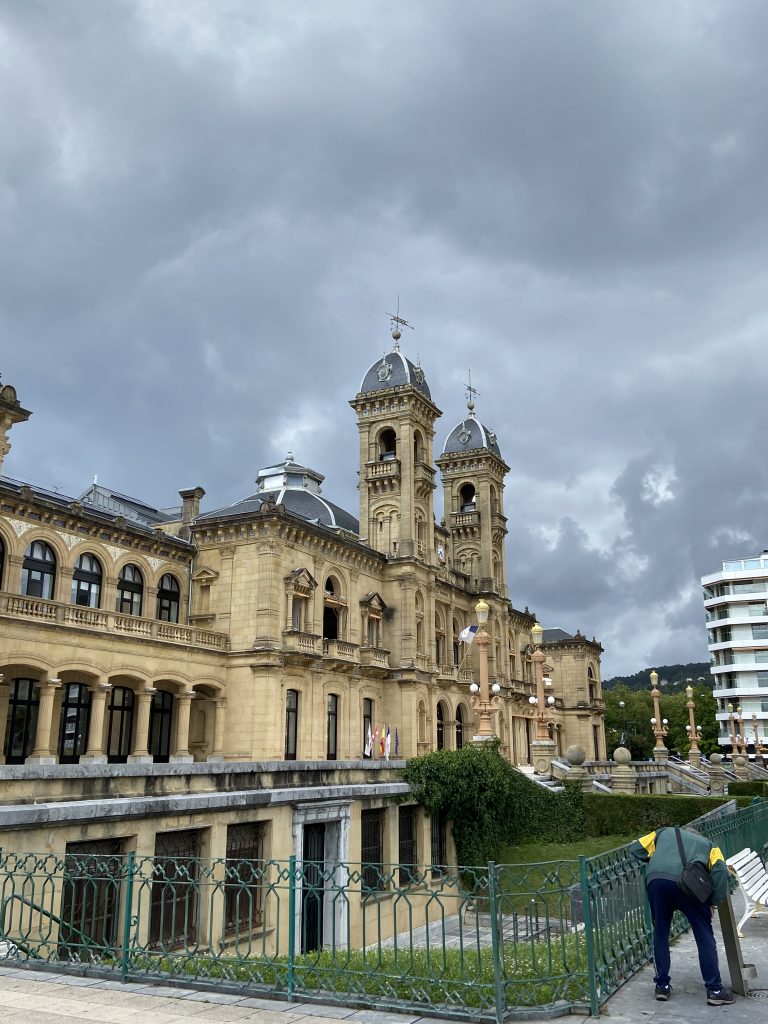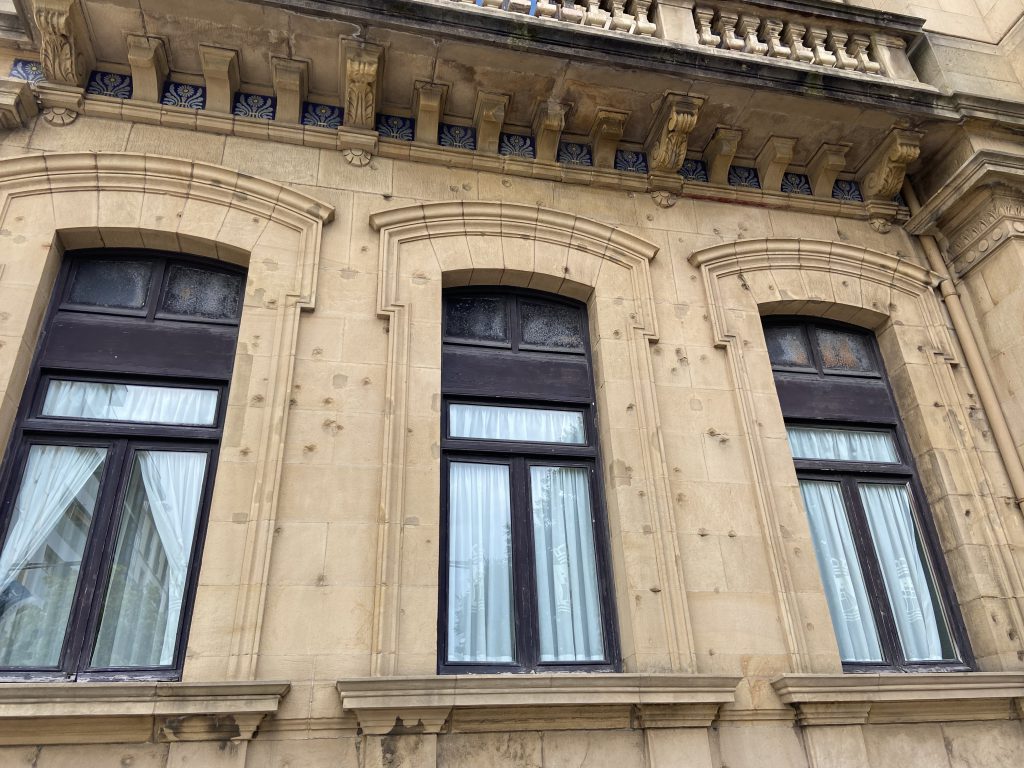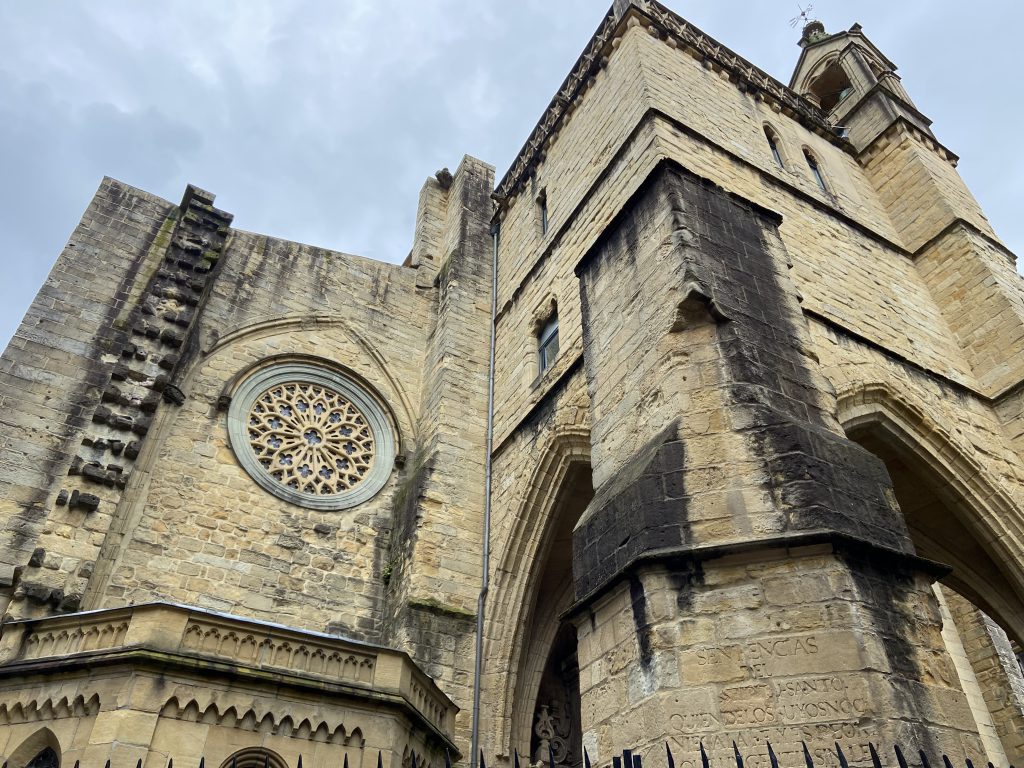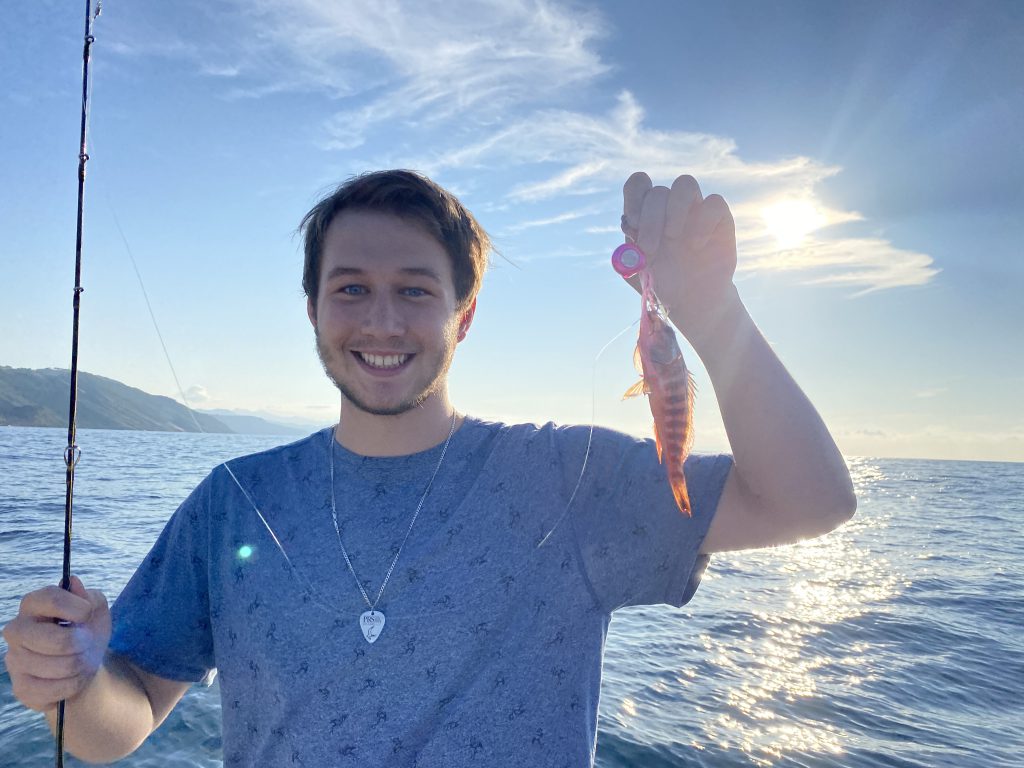
On Thursday July 22nd myself and a group of ten eager college students got on a bus with the intention of learning about a sport most had never heard of. Jai Alai is a sport that takes a copious amount of speed, strength and strategy to become proficient in. However, when we got there the building was completely empty and a mix up in schedule meant we didn’t have an appointment, so this blog post will be about fishing and the maritime history of San Sebastian! I entered San Sebastian as a twenty year old college student that grew up fishing on a small pond with his father, but knew absolutely nothing about the vast world of ocean fishing and oceanic travel that makes up the livelihood of tens of millions of people around the globe. I left San Sebastian as a twenty-one year old college student who knows slightly more than that. During my first two weeks in San Sebastian I visited one Museum completely dedicated to maritime history of the area, and another with an extremely in-depth and breathtaking exhibit about the same topic. Reading true stories and authentic testimonials from individuals who had circumnavigated the globe over five hundred years ago was an eye-opening experience to say the least. The unimaginable struggles those individuals chose to face in the name of exploration is awe-inspiring to the point where I honestly felt drawn to the ocean and all it has to offer. Spain sent out five ships filled with many Basque members of society in 1519 with the goal of gathering spices from India and around the world. Only one of those ships would return and that would happen after it accidentally discovered the Pacific Ocean. Just the thought of the men on those ships thinking they were about to come right back home through the quaint, in comparison, Indian Ocean and instead having to travel almost one hundred days and nights across an ocean they didn’t even know existed is so painful it is almost humorous. I said almost. The end of that voyage ended with the first successful circumnavigation of the globe, but also the death of more than thirty men. I often found myself thinking about these museums and the idea of exploration and the sea after those experiences. As I had mentioned, I have gone fishing with my father throughout my whole childhood and I found myself craving to go out on a fishing boat and travel along the San Sebastian coast and really take in new sights for myself. I had been bringing it up to my classmate and girlfriend for days and for my birthday she actually found a fishing charter to take us out for a sunset fishing experience. I wanted to make this more than just a fishing trip, I wanted to ask our guide questions and really learn about fishing and modern sea exploration in San Sebastian. Lucky for us, we were the only clients on the charter. Even luckier for us, the guide was one of the most charismatic, kind, enthusiastic, and passionate people I have met in my entire life. While on the boat I heard the phrase “fishing is my life” multiple times, and every single time you know he meant it from the bottom of his heart. He first told us how he had been a professional fisherman for over twenty years across the entire globe, and had even been a professional diver for a period of time. He stated how he now gets to do what he loves every day and how that is the whole point of life. I never expected to have a moment of existential enlightenment based on words spoken to me by a fisherman who barely spoke English, but I would not have wanted it any other way. Everyone knows the sentiment of “follow your dream,” or even “If you love what you do, it isn’t work,” but hearing it at this moment in this context changed my life. I don’t think I will be able to think about life the same after this and I am so grateful for that. He then explained to us his methodology and philosophies about fishing. One of my favorite quotes of all time is now, “My philosophy is that to catch the fish, you have to think like the fish.” Further explaining you have to know the reasons they do the things they do, and the places they are, and swim in the directions they swim to be able to predict where they will be and how to catch them. He showed us his fish finder and explained how technology makes his job so much easier. He told us that, when he started, a fish finder was simply a pen and paper, and plotting points on graphs. As we were passing a set of absolutely beautiful cliffs with houses nested at the top, I mentioned how amazing it would be to live there, and he pointed to one of the houses and said that it was his. He said that it was perfect because “I can see who is in my house,” referring to the ocean. I was immediately filled with a longing. Not a longing for his life, but a longing to love whatever my future career is as much as he loves his. That task even now seems almost impossible, but I now realize that I cannot give up or give in for the sake of anything other than the happiness of myself or my loved ones. Ever since I stepped off of that boat, I have not been able to stop thinking about it. I now truly feel the necessity to live a life that I love, and love the life I live. I am currently leaving San Sebastian a few days early to travel back home for a family member’s funeral. Because of that I am allowed to write this blog post on the plane, and being able to write this blog post on my return flight from San Sebastian allowed me to take time to just think and reflect on the time I spent in that beautiful country. I never thought that traveling for such a short time could have so drastically changed my perspectives and the direction of my life. Not that I plan on moving to San Sebastian to become a full-time fisherman, (although I would be lying if I said that the idea hadn’t crossed my mind), I just feel as though my stay in San Sebastian opened my mind to a whole new collection of perspectives that I had not been able to understand prior to this trip.
